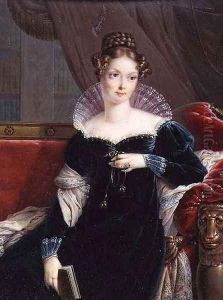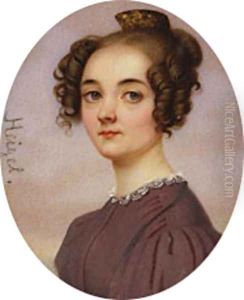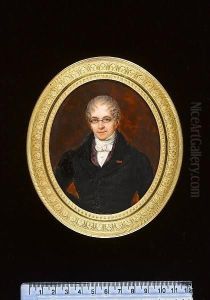Joseph Heigel Paintings
Joseph Heigel was a German portrait painter known for his work during the late 18th and early 19th centuries. Born on December 15, 1780, in Dillingen an der Donau, Bavaria, Heigel was the son of a court painter, which provided a backdrop that nurtured his early interest in the arts. He started his artistic education under his father's guidance before moving to Munich to advance his studies.
In Munich, Heigel continued his art education and began to develop his own style, which was primarily influenced by Neoclassicism, the prevailing art movement of his time. He became known for his portrait work, capturing the likenesses of significant figures of his era. His ability to portray his subjects with a sense of realism and psychological depth earned him recognition and commissions from various Bavarian royals, intellectuals, and members of the upper class.
Heigel's career flourished in Munich, where he eventually became a court painter. His portraits were appreciated for their detailed representation and the subtle interplay of light and shadow, a technique that added a sense of dimensionality to his work. Heigel's talent in capturing the character and status of his sitters made him a sought-after portraitist during his career.
Throughout his lifetime, Joseph Heigel produced a substantial body of work that contributed to the cultural landscape of Bavaria. He passed away on February 19, 1837, in Munich, leaving behind a legacy that would influence future generations of portrait painters. His works continue to be studied and admired for their technical skill and historical significance, providing insight into the personalities and fashion of the early 19th century.


